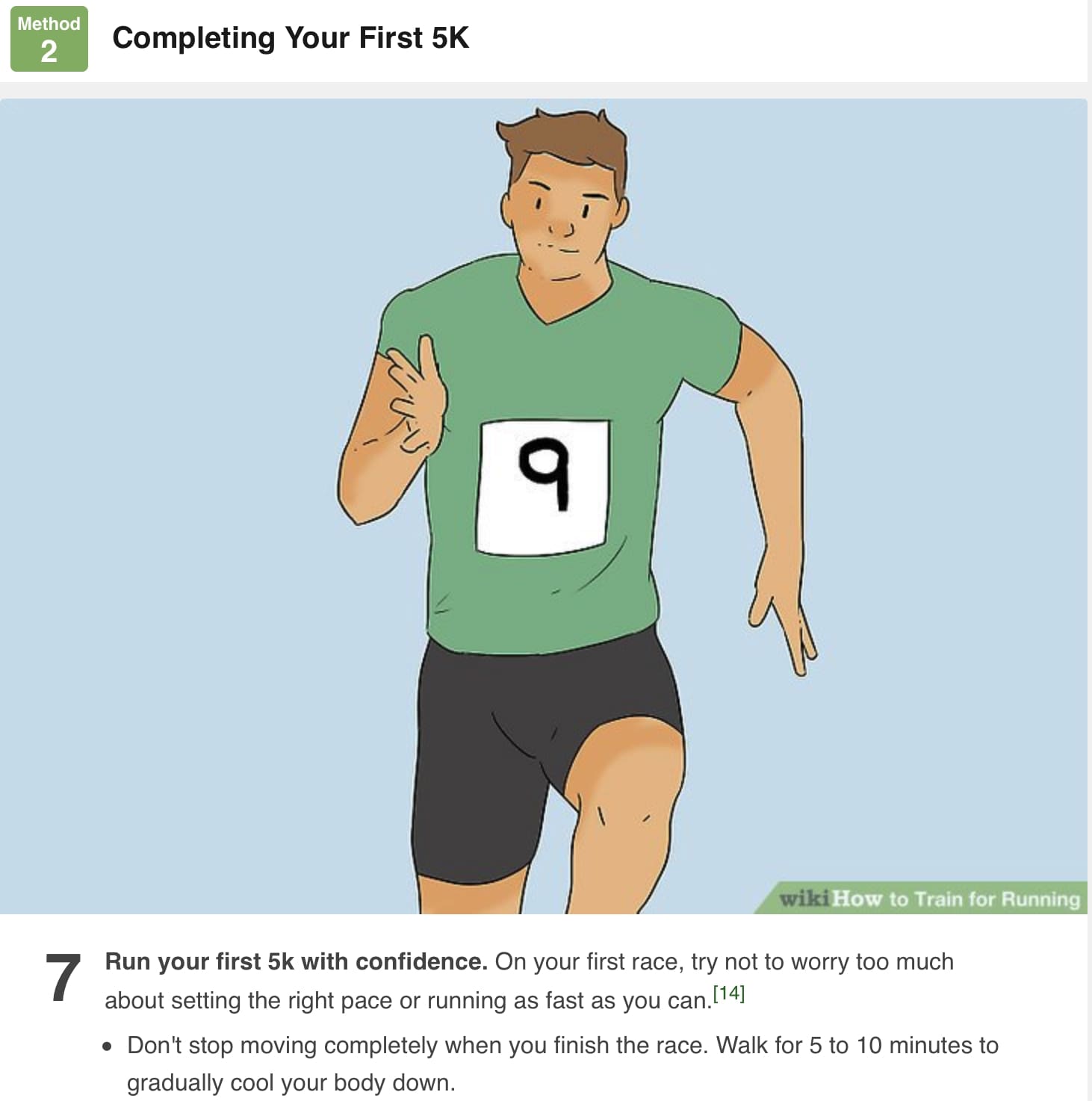Hugh Morris found unique fitness motivation in the form of simple instructions and ego-free cartoons.
I’ve never really been a fitness person. If I owned an armchair, I’d be the archetypal modern-day armchair fan, with streaming links aplenty and a hare-brained assumption that nerding out over Fantasy Football somehow makes you more susceptible to fitness by osmosis.
In truth, I love cricket on the radio, football on the telly and the Olympics on the sofa.
Despite my talent for sofa-streaming, I found myself immune to the charms of Joe Wicks. Maybe it’s my tendency to completely miss out on massive cultural moments, but his workout antics during lockdown 1.0 (that are literally designed to help people like me) completely passed me by.
I found myself in a rut after a series of unfortunate events. A surging run at five-a-side was met by a crunching late tackle, and an unfounded belief in the mystical healing powers of ‘running it off’ put pay to any hopes of getting any long-distance running back on track.
Then, a house-share of seven that was bound to result in a positive Covid test finally delivered in the middle of lockdown 2.0.
With the startling realisation that my daily commute had reduced a 20-minute walk to a mere ten-pace slump, and facing fourteen days of quarantine, I decided to give getting fit a try.
With little outside contact, and only my laptop and the internet to rely on, I opened the Pandora’s box that is WikiHow.

wikihow.fitness
User-friendly fitness
I have a lot of time for WikiHow, precisely because I have spent a lot of time on WikiHow. It’s the resource for millennials facing daunting life tasks: tax, trigonometry and ‘how to show emotion’ sit side by side.
It’s the home for those questions that parents or education should have answered a long time ago, but now you’re too old and/or embarrassed to ask. I wonder how many ‘birds and bees’ talks could be improved with one of their pallid instructional guides.
It’s remarkably good for beginner fitness activities, too – as I found out. The Wiki-authored guides feature instructional GIFs that teach you about muscles and movements, accompanied by short, undramatic bullet points of text.
But it’s the cartoon instructors who really make it, and for good reason.
I have a mostly irrational fear of gyms. I find the unwritten rules and unfamiliar equipment scary, as well as the social pressure to try everything out.
Holding up someone’s gym routine because of my own incompetence is my worst nightmare, save for actually getting over myself and letting one of the many lovely fitness instructors help me.
Cartoon comfort
With WikiHow, there is none of that. The little cartoony people move so smoothly as to render them post-human, like a video game that’s gone ‘too far the other way’.
What’s more, they are all fully clothed, distancing them from a realm of fitness videos aimed at absolute beginners but delivered by experts at the top of their game.
There’s a Mitchell and Webb Look sketch in which a Gordon Ramsay-esque figure challenges a struggling chef to a cook-off, only to be told that it’s not actually that helpful having a really good person show you how good they are at something – and that rings very true in relation to fitness.
I like to imagine the androgynous cartoon people skuttle off home after appearing in the little GIFs to watch the telly, avoid the gym and hope that there might be something better for them in 2021 than being making fitness GIFs.
They offer help that’s crucially bereft of a goal. My favourite thing about those little characters is how decidedly un-fleshy they are.
I never really realised how insecure I was about existing in my body until I Googled some very basic fitness questions; I watched on startled and a little scared by the endless ripped bodies cluttering my targeted ads for the next week.
To have a couple of physiologically-androidal figures helping me along was strangely comforting – it taught me to enjoy getting fit on my own terms, without requiring a body goal.
There came a point where I had to part company with the charming, if limited, WikiHow GIFs. I had internalised their weird little movements and fancied challenging myself to do more.
It doesn’t quite feel the same, and who knows if I’ll continue getting fitter, but I know there’ll always be a place in my cardio-starved heart for the little animations who started me off on the right footing.
Words: Hugh Morris







